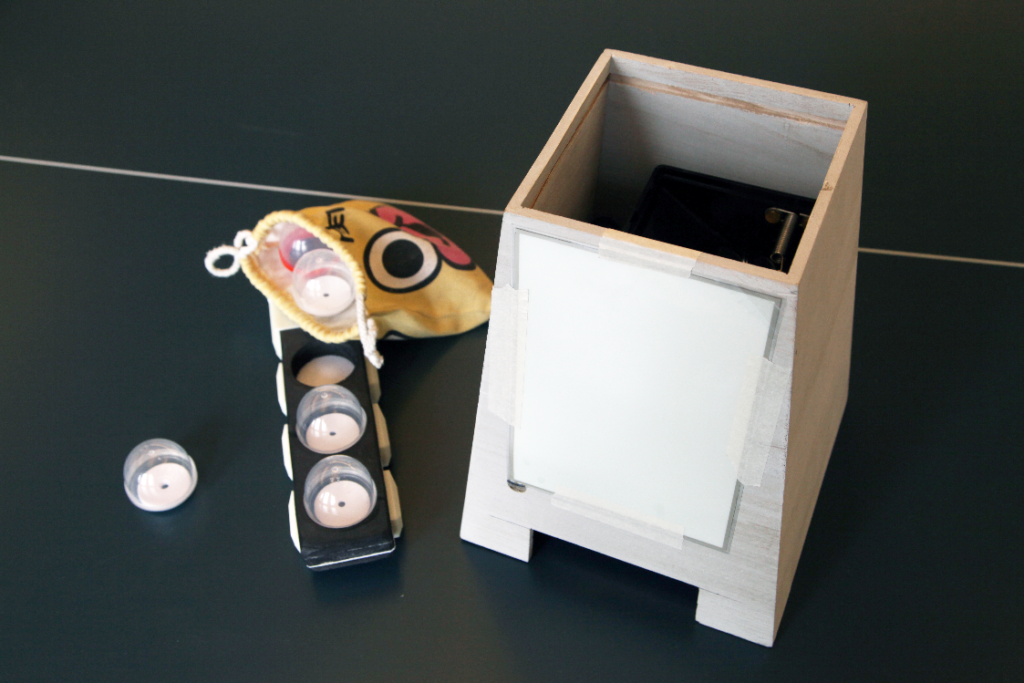
Acron Riders – Rise of Evil Chestnauts is designed to be a half physical and half digital gaming experience. During the gameplay, the player will be rewarded in real coins. The player purchases power-up capsules from a gashapon machine (coin vending machine) with the coins. These capsules can be used strategically in the digital game through a custom digitizer.
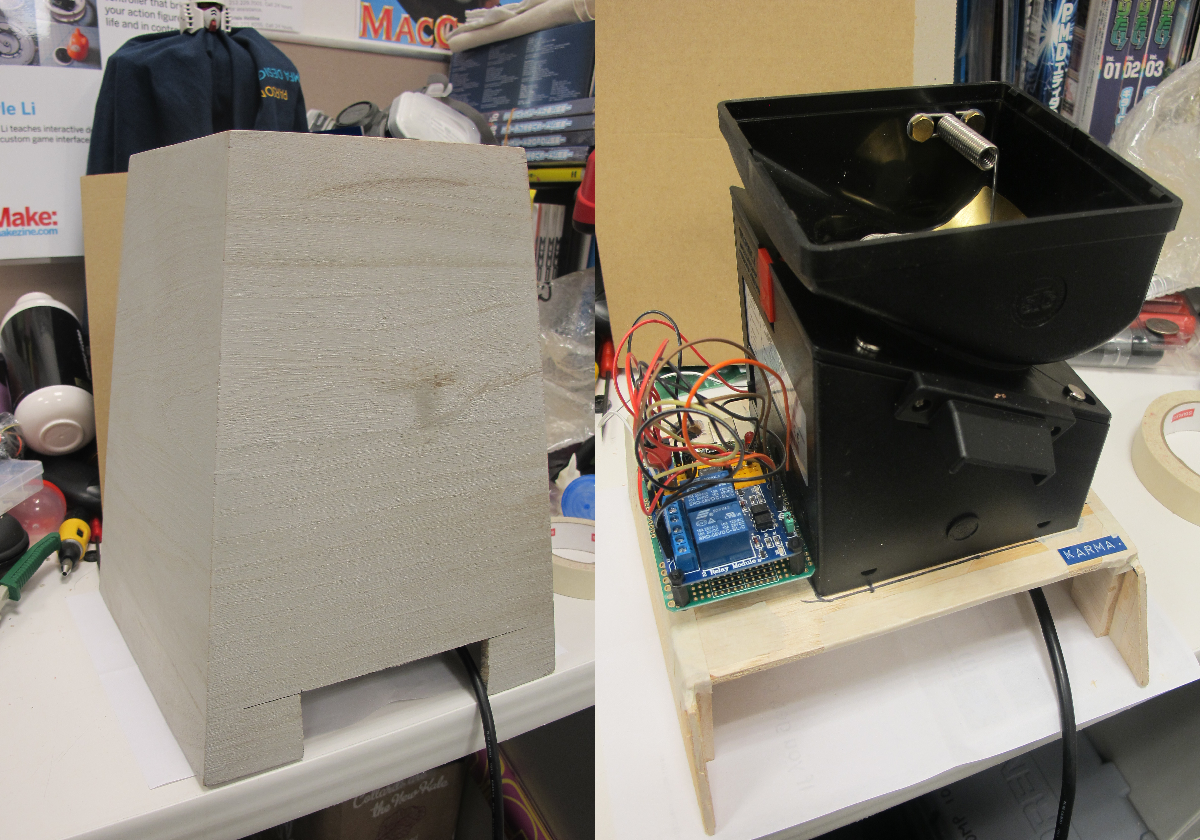
priority 1: Get a coin hopper to work with Arduino
Having a machine that can spit coins when there is an upgrade is the most crucial element to the success of this game. I am going to test this first. I call it an “up-coin dispenser”, a part of my Acronrider Physical Power-up System (APPS) that I am building for my 1/2 digital shooting game called Acronrider – Rise of Evil Chestnuts. The most difficult part is to get the coin hopper to work. I had seen a few youtube videos of people controlling a coin hopper with Arduino, so I was confident. However, I wasn’t able to find any detailed documentation of how it actually work together. At one point, my research had led me to coin hoppers with built-in CCTalk or serial communication. However, I realized that they are not necessarily friendly for Arduino both voltage (12-24v to 5v) and data parsing wise. I decided to do some virtual autopsy on coin hoppers online. Most of the coin hoppers, without the fancy CCTalk and serial interface, are made of four basic parts: a coin dial, a geared motor, a light sensor, and a small circuit board that manages power and standard I/Os to other vending modules. I began to search for a coin hopper that outputs their light sensor value through their standard I/Os because if I could read the pulse from the light sensor, I would know exactly when to stop the motor.
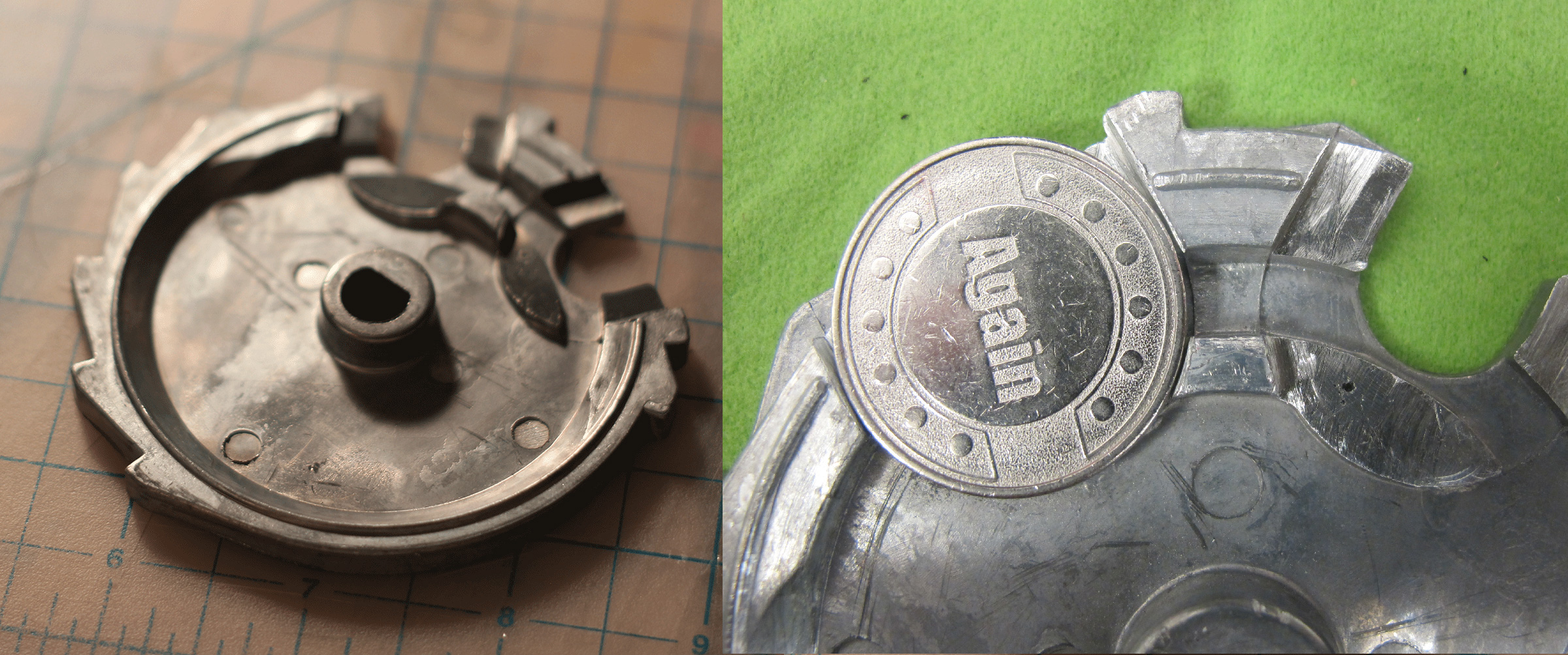
priority 2: Get my capsule vending machine to use game tokens instead of .25 cents.
The current system (up-coin dispenser + capsule vending machine) works well with .25 cent coins, but that is not ideal for me. I prefer the game tokens. Normal game tokens are slightly bigger than .25 cent coins and about the same thickness. The up-coin dispenser works for both, but the vending machine doesn’t. I have to either modify or 3D print a coin dial that works with my game tokens. After close evaluation, I decided to sand it down with my Dremel tool. It worked like magic.
The token I have is a 0.984 token according to this chart:
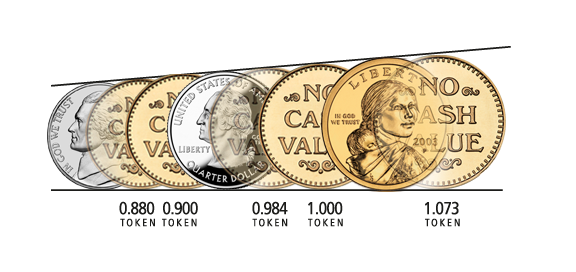
priority 3: read 3 serial ports at the same time on Arduino
Had a brief glance on software serial on Arduino Uno, didn’t think it was a roadblock. It turned out to be problematic with a regular Arduino. I use 3 Sparkfun RFID USB boards to read 3 acorn capsules at once but separately, so basically, I needed 3 serial ports. That is all I needed on the board so it was a waste to switch to the bulkier Arduino Mega with 3 extra built-in hardware serial ports. What I realized with the software serial library is that it allows multiple ports but only 1 port can be accessed at 1 time, and the data arrived at the deactivated ports are discarded. That was disappointing. It worked well with 1 serial, but when I added 2, it failed to work correctly.
After some trial and error, I eventually got it figured out. I combined 1 hardware serial port, 1 software serial, and 1 altsoftware serial port to get the job down.
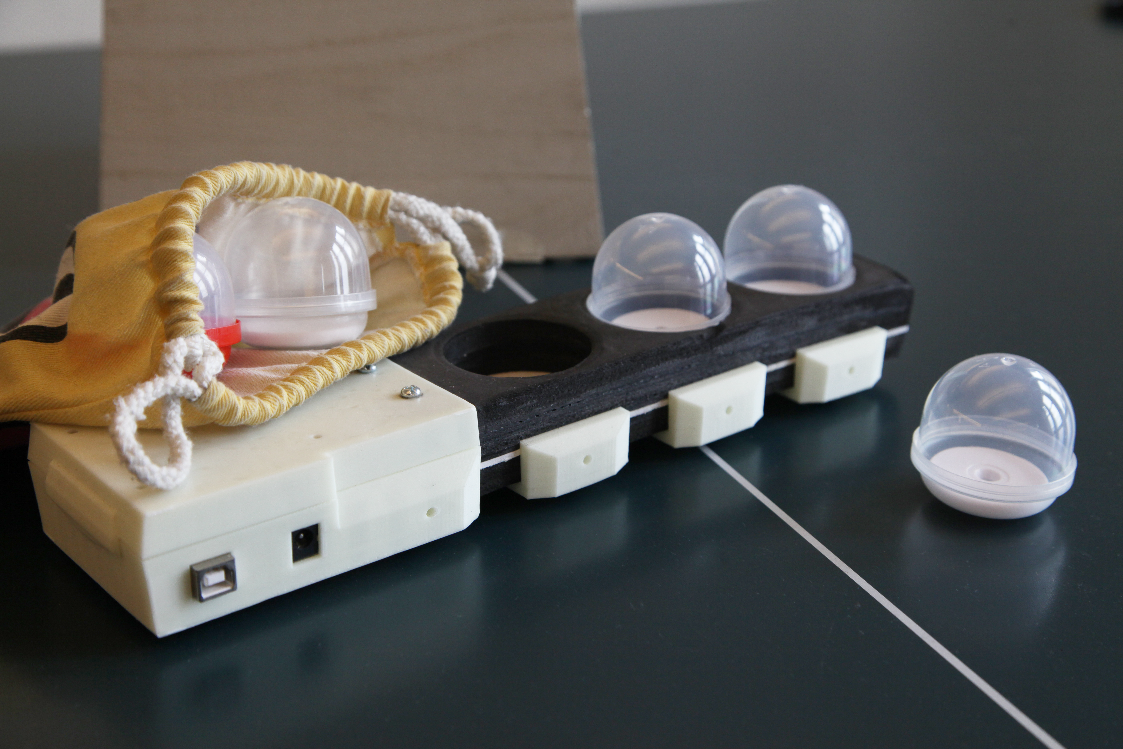
I also decided to make the acorn digitizer a separate piece than a part of the controller. I had originally thought this to be a lightgun game, an upgrade from the lightgun I built at MFDT.
Priority 4:Laser Pistol
02/18/2015 Sketched out all the possible acorn power-ups, planning to 3D print the parts.
03/02/2015 Currently working on the casing of real-time physical power-up system.
03/09/2015 Dissamble vending machine coin mech and took out the coin wheel out.